Recently, my family and I spent two months exploring Peru. Full disclaimer for anyone looking for information on hiking Machu Picchu: we didn’t go there (and I’m glad we didn’t – read why). Instead, we went on some other great hikes and uncovered areas of Peru that most travelers don’t see.
If you do plan on hiking Machu Picchu while in Peru, these tips will still apply. Hopefully my family’s advice will help you better prepare for your trip – like bringing the right gear – and make your trip more enjoyable. 🙂
Why We Chose Not to Hike Machu Picchu
When you think of Peru, Machu Picchu immediately comes to mind. I remember reading that nearly all foreign visitors to Peru come specifically to visit Machu Picchu. Sorry – can’t remember the source, but the sheer number of people visiting the ruins each year surely supports this.
According to an article in The Guardian, Machu Picchu had a record number of visitors in 2016: 1.4 million. That averages out to 5,000 people per day!
There are so many visitors to Machu Picchu that they’ve initiated a timed entry system. You are also now required to follow defined routes along the site. So, no, you won’t be able to hike Machu Picchu at your own pace, and explore wherever you want.
Because so many people are going to hike Machu Picchu, it means that:
- The site is being damaged
- It is expensive (getting to the site, permits for hiking the Incan Trail, entry tickets, porters, etc.)
- You won’t be able to thoroughly enjoy the site because it will be so damned crowded
I would have tolerated all of these aspects except for one thing:
Peru has many great ruins to visit! Machu Picchu is just one many!!!
So, instead of spending a fortune to visit what is turning into a tourist trap, my family (me, my husband, and daughter who was then 6 years old) decided to visit other sites instead.
We ultimately decided on spending 1 month in Tarapoto, 5 days in Chachapoyas, and 1 month in Trujillo. The reason for the extended stays is because we had to work while on our trip. Our flexible remote working schedules meant we could go on lots of day trips and treks. We also got to really know the places and made local friends. It was definitely different than spending just a few days in a bunch of different places.
General Tips for Hiking in Peru
1. Get a Good Water Filter
Many years ago, I bought a Sawyer Mini water filter. It is still one of the best purchases I’ve ever made.
The tiny water filter can be screwed onto a normal plastic water bottle. Just drink straight through the filter. Or squeeze water through the filter into another bottle. It cleans virtually all bacteria, parasites, and other pathogens which could give you that infamous traveler’s diarrhea.
Tap water in Peru is NOT potable. But, just filter it through the Sawyer Mini and it is safe. On hikes in Peru, I brought the Sawyer Mini so I could drink from streams and lakes – it saved me from having to buy bottled water.
*I’ve also used my Sawyer Mini filter during backcountry camping trips, in Egypt, in Albania, and many other places where the water isn’t safe to drink. Read my review of it here.

I don’t have a picture of us using the Sawyer Mini water filter in Peru, but here’s it in use in Albania. You can buy it here.
2. Bring a Friggin’ Good First Aid Kit
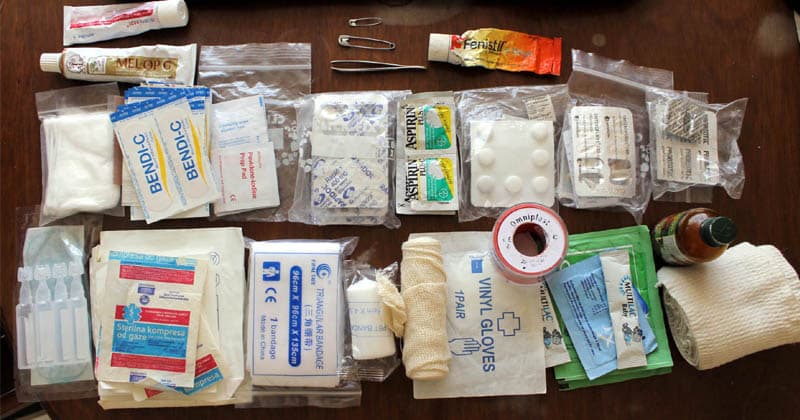
You don’t take a 6-year old into the jungle without a complete first aid kit. For our Peru trip, I carefully calculated what to bring. I’m really proud of how it worked out. The kit was still compact and lightweight, but contained everything we needed. The only things I didn’t use from the kit were the large bandages (thankfully no one got a serious wound!).
You can see the complete first aid kit checklist here. The most useful items to have while trekking Peru were:
- Electrolyte packets
- Anti-diarrhea medicine
- Fever medicine
- Band-aids
- Bug bite cream (we got bit by ants more than mosquitoes)
3. Research Your Tour Guide Well
Sure, you can just “show up” at the city and choose whatever tour guide company you see. But you could end up with a crappy experience.
We made this mistake with our tour to Kuelap. At the tour office, the guy spoke perfect English. He said that the tour would be in English. Nope! The guide spoke terrible English (my Spanish is very rusty) and mainly spoke Spanish to the group.
The guides also gave us misleading information. My daughter and I were fine. However, my husband has a physical disability which makes it hard for him to go hiking (usually my daughter and I go alone). We asked about the trail to Kuelap and were assured that it was “easy” and that there were horses available.
After 8+ hours of driving, we got to the base of Kuelap. It had rained the day before, so there were no horses available. That meant my husband had to wait at the base while we hiked to the actual site. He didn’t get to see it. L
4. Don’t Overestimate Your Hiking Ability
I’m a fairly experienced hiker, but that doesn’t mean I can easily “handle” all of the hiking in Peru. You’ve got to keep in mind that many hikes are on a high elevation.
As for the Incan Trail, a good tour guide will require that you get there 3 days in advance so you can acclimate yourself to the high elevation (and lower amount of oxygen). Again, we didn’t do this hike in Peru, but were at high elevations in Chachapoyas.
Seriously, altitude sickness is no fun. Take it seriously!!!
5. Don’t Eat before Getting in Minibuses
For the 8 hour bus ride from Tarapoto to Chachapoyas, we packed a whole bunch of sandwiches and snacks.
We didn’t eat any of them.
The minibus drivers in Peru go insanely fast around those curving roads. After 1 hour, the first passenger called out to the driver, “Bolsa!” A handful of plastic bags were passed back. She puked in them and then threw them out the window.
Apparently, this is common practice.
The only way that I managed not to puke (including when the person next to me was barfing) was by staring STRAIGHT AHEAD and exercising Jedi mind control against my gag reflex.
Trekking in the Jungle in Peru
Before visiting Peru, I had never done any trekking in the jungle. I’ve got to admit that I was vastly unprepared for it and wish we would have gone with a guide. However, everything still went really well. We made some friends while in Tarapoto (a small city in the midst of the jungle) and they led us on a trek to some waterfalls.
Here’s what I wish I would have known before we went trekking in Peru’s jungles:
1. You Need Waterproof Boots
There is a good reason that all the locals (and tour guides) wear knee-high waterproof boots in the jungle and NOT hiking boots.
- SNAKES! There are snakes all over the place in the jungle. You need those high boots to protect against bites.
- Bullet Ants: A bullet ant won’t kill you, but it will hurt like hell and leave you quivering in bed with a fever for 3 days. I saw tons of these in the jungle. The scary part is that there are lots of other ants and it can be hard to tell which ones are bullet ants. Oh, and those other ants also bite (my daughter fell on a line of ants and got lots of bites 🙁 ). Waterproof boots are necessary to protect your legs.
- You’ll have to cross streams: On one hike in Peru, we had to cross a stream 7 times. At first, we just removed our hiking boots at each crossing. That was taking forever though, so we ultimately just walked through in our boots. God I wish we would have been smart and bought waterproof boots.
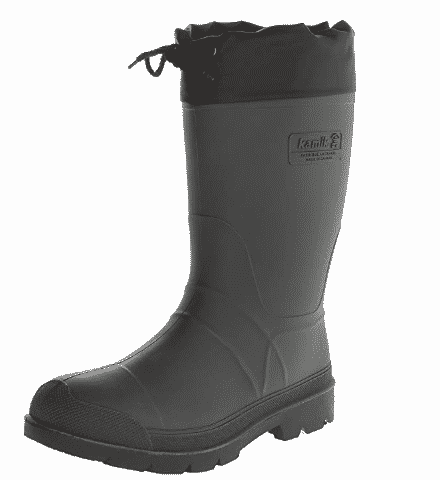
Do yourself a favor and get a pair of waterproof boots like these ones before you go to Peru! (You can buy these ones here)
2. Snakes Are Everywhere. So Are Bullet Ants.
Again, there are snakes and ants everywhere in the jungle. You will NOT be able to safely sit down on a rock for a break. The snakes are even in the trees, so be cautious.
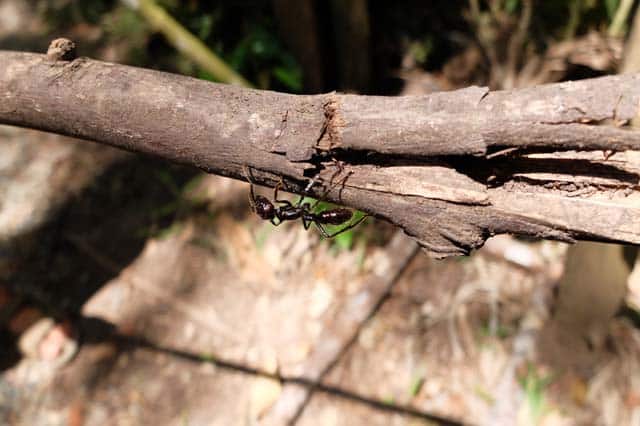
This is a bullet ant. It scared me even more than the snakes!!!
3. Give Yourself a LOT of Time
The terrain in the jungle is very tough. For someone used to hiking in mountains (as myself), it was challenging and took a lot longer than I anticipated.
You don’t want to be caught in the jungle at night (especially if you are afraid of spiders – that’s when all the tarantulas come out!). Make sure you get back long before the Peruvian cicadas start their alarm.
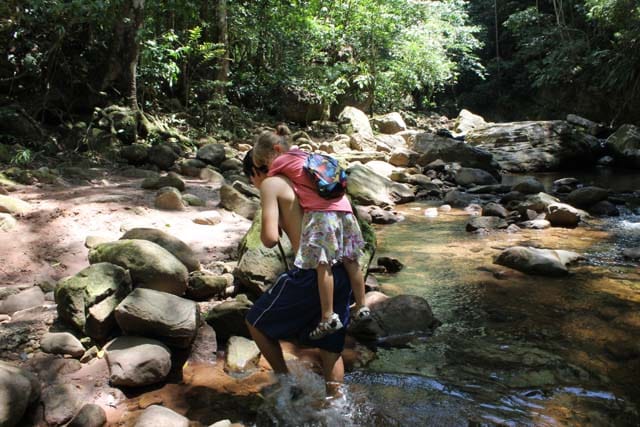
Isabel getting a bit of help crossing a stream during one of our jungle hikes
Some Epic Sites in Peru that Aren’t Machu Picchu
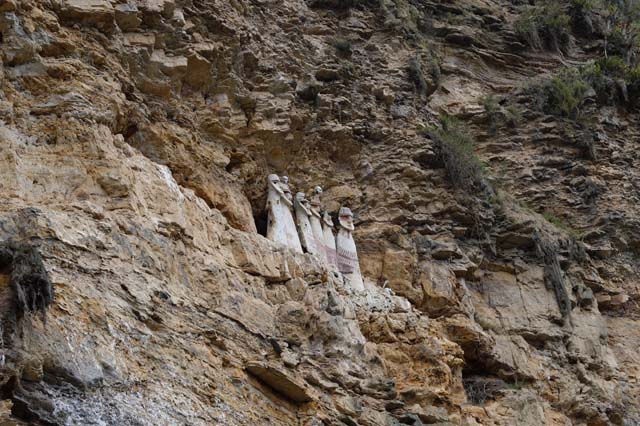
Sarcophagi Karajia near Chachapoyas
If you want to visit or hike some places in Peru that aren’t Machu Picchu, here are some recommendations. These are around Tarapoto, Chachapoyas, and Trujillo since that is where we spent our time:
Near Chachapoyas:
- Kuelap
- Sarcophagi of Carajia (aka Karijia)
- Quiocta cave
Near Tarapoto:
- Gocta waterfall
- Waterfalls around Tarapoto
- El Sauce Lagoon mud baths (also not much hiking, but soooo great! We were at Don Grimaldo thermal baths)
Near Trujillo
- Chan Chan (not much of a hike, but awesome all the same)
- Laguna Conache and sand dunes (great for sandboarding)
Of course, there are also sites like the Nazca lines, Sipan, Ollantaytambo, Sacsayhuaman, Sillustani, and Caral to visit. For natural attractions, there are the colorful mountains (even if the actual site doesn’t live up to the Photoshopped version of it). Think outside of Machu Picchu – Peru has so much more to offer!!!
And make sure you are prepared with the right gear!

The entrance to Kuelap
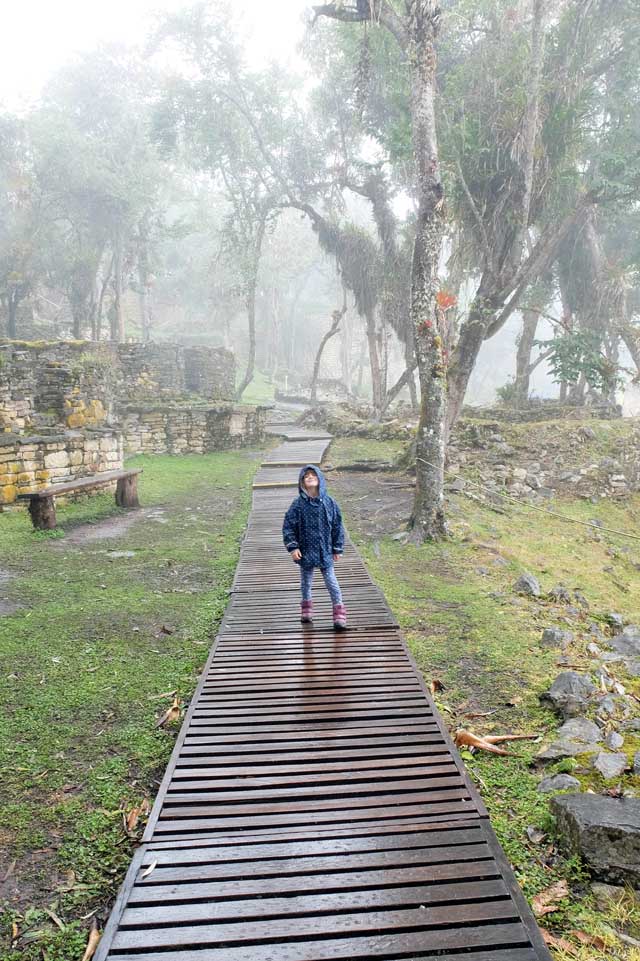
You definitely need a rain jacket in Peru! Inside Kuelap
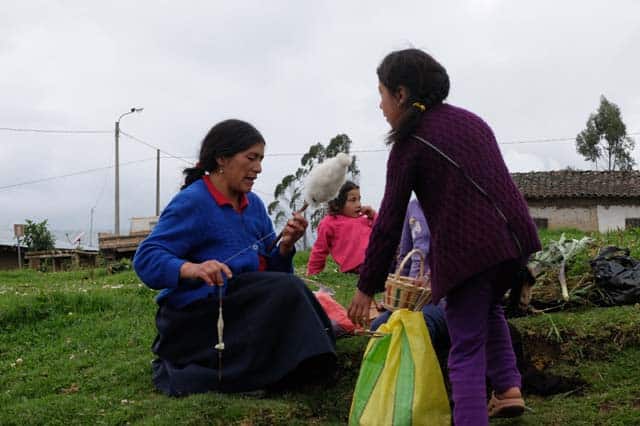
Locals in the mountains near Chachapoyas
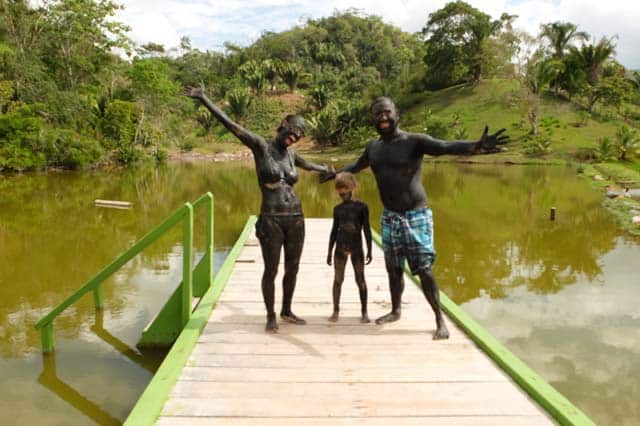
My favorite place that we visited in Peru – Don Grimaldo at Laguna Azul
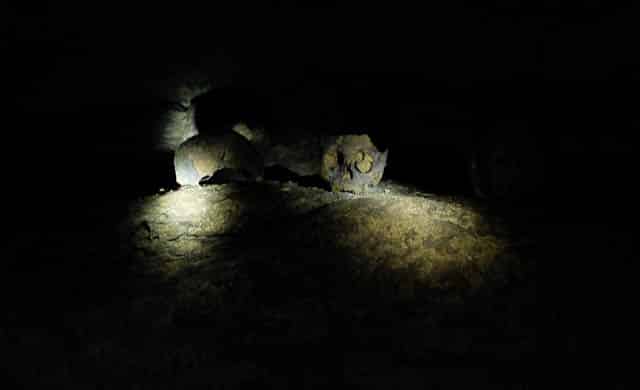
Bones just laying there in the Quiocta cave!
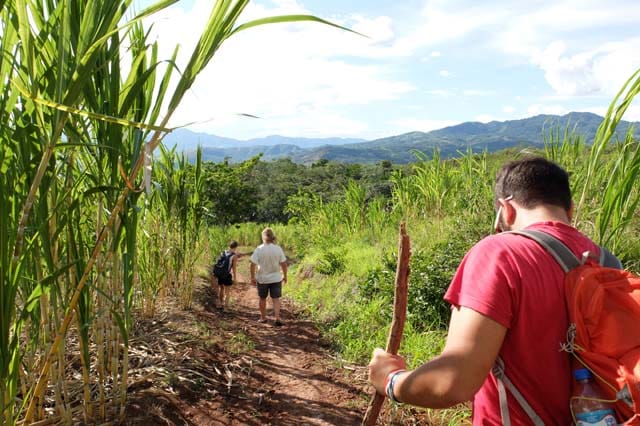
Hiking through sugar cane near Lamas, Peru
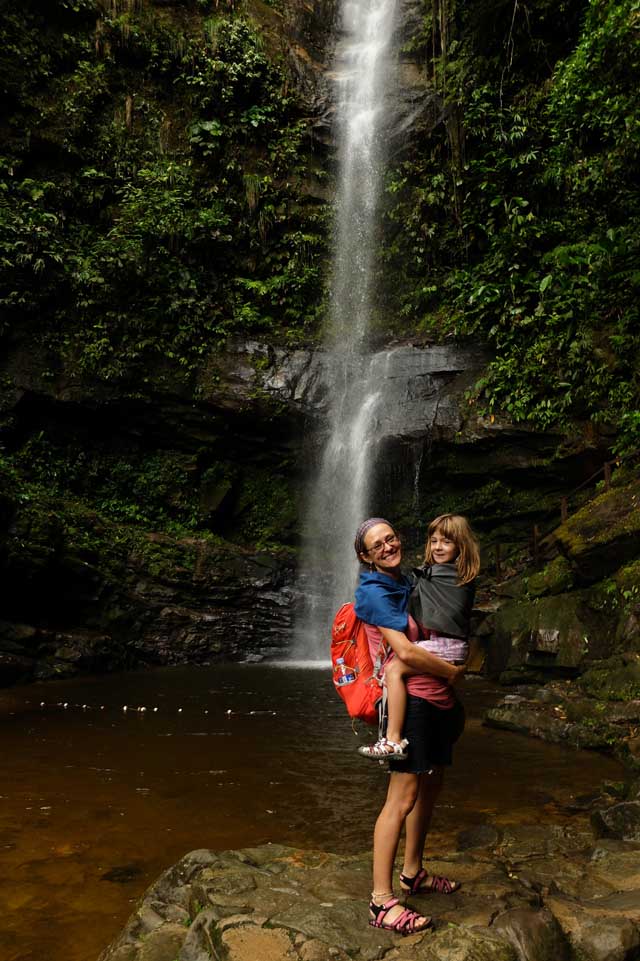
Ahuashiyacu waterfall near Tarapoto
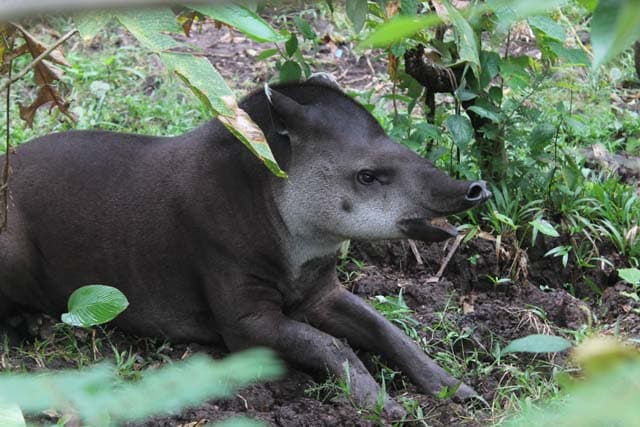
Tapir at Urku animal reserve
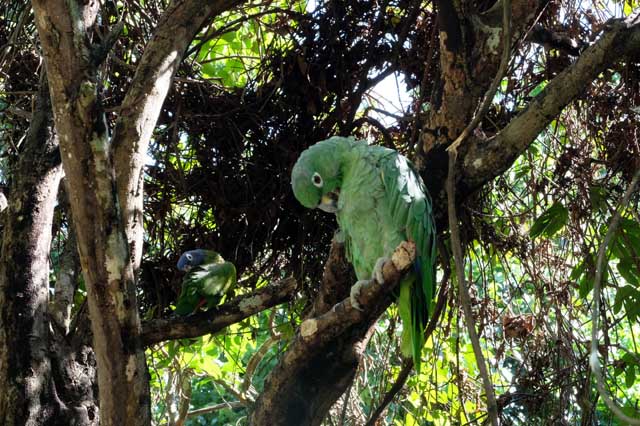
Jungle friends 🙂

Chan Chan, Peru

View from walls of Chan Chan – the site was practically empty when we were there. I guess everyone was hiking Machu Picchu 😉
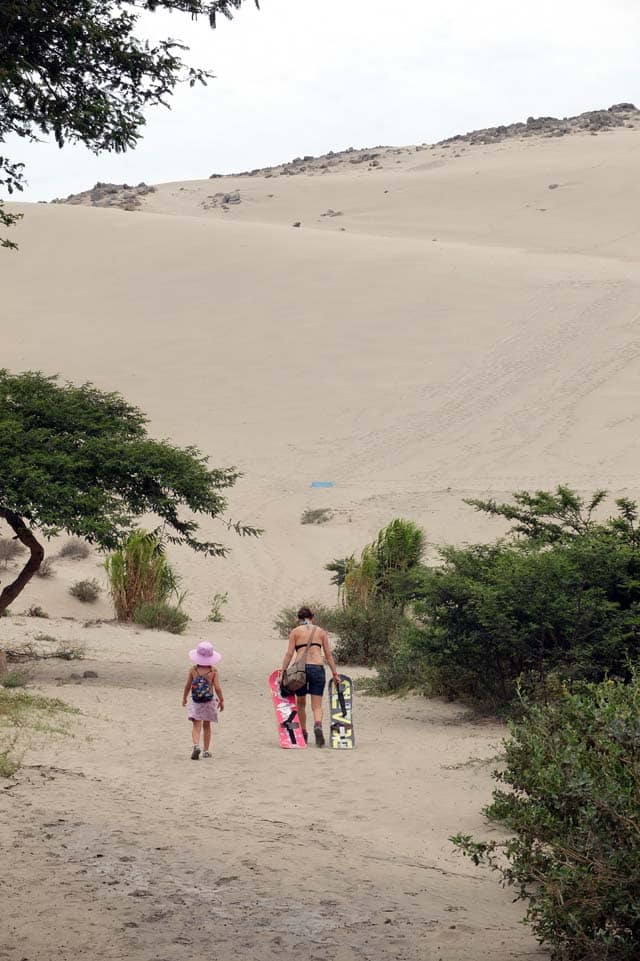
Heading to sandboarding outside of Trujillo
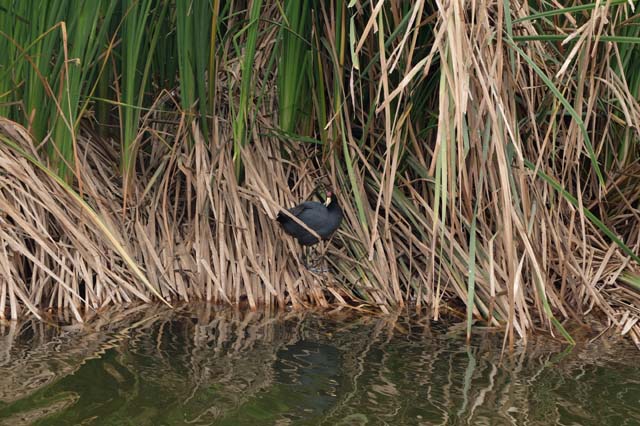
Bird at Laguna Conache near Trujillo


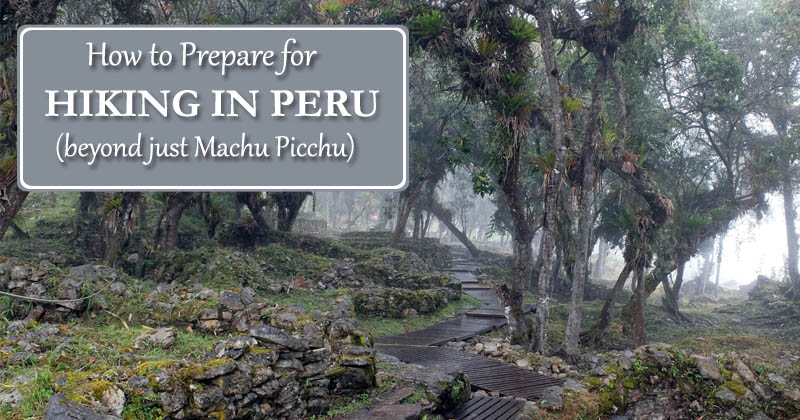

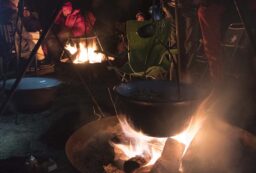
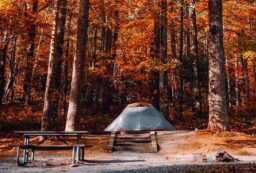







Post your comments